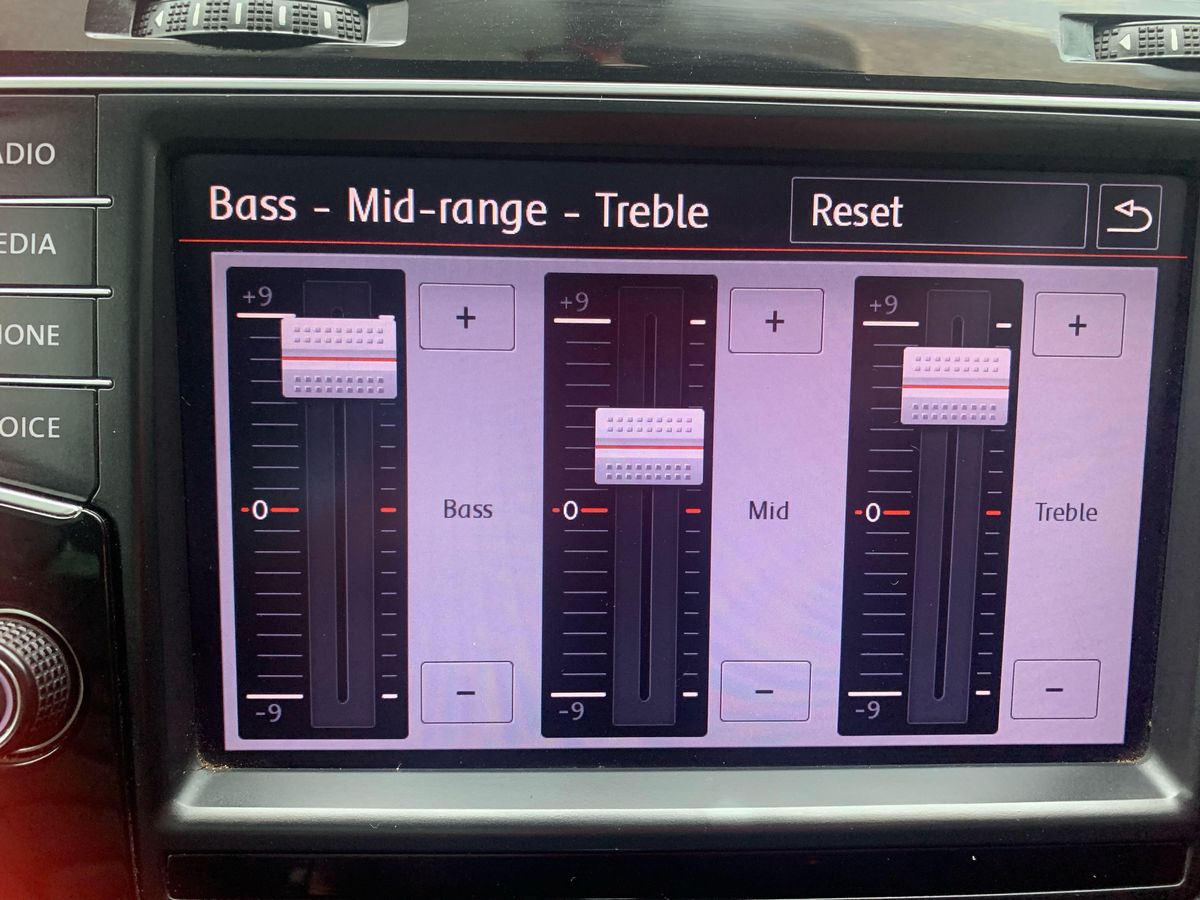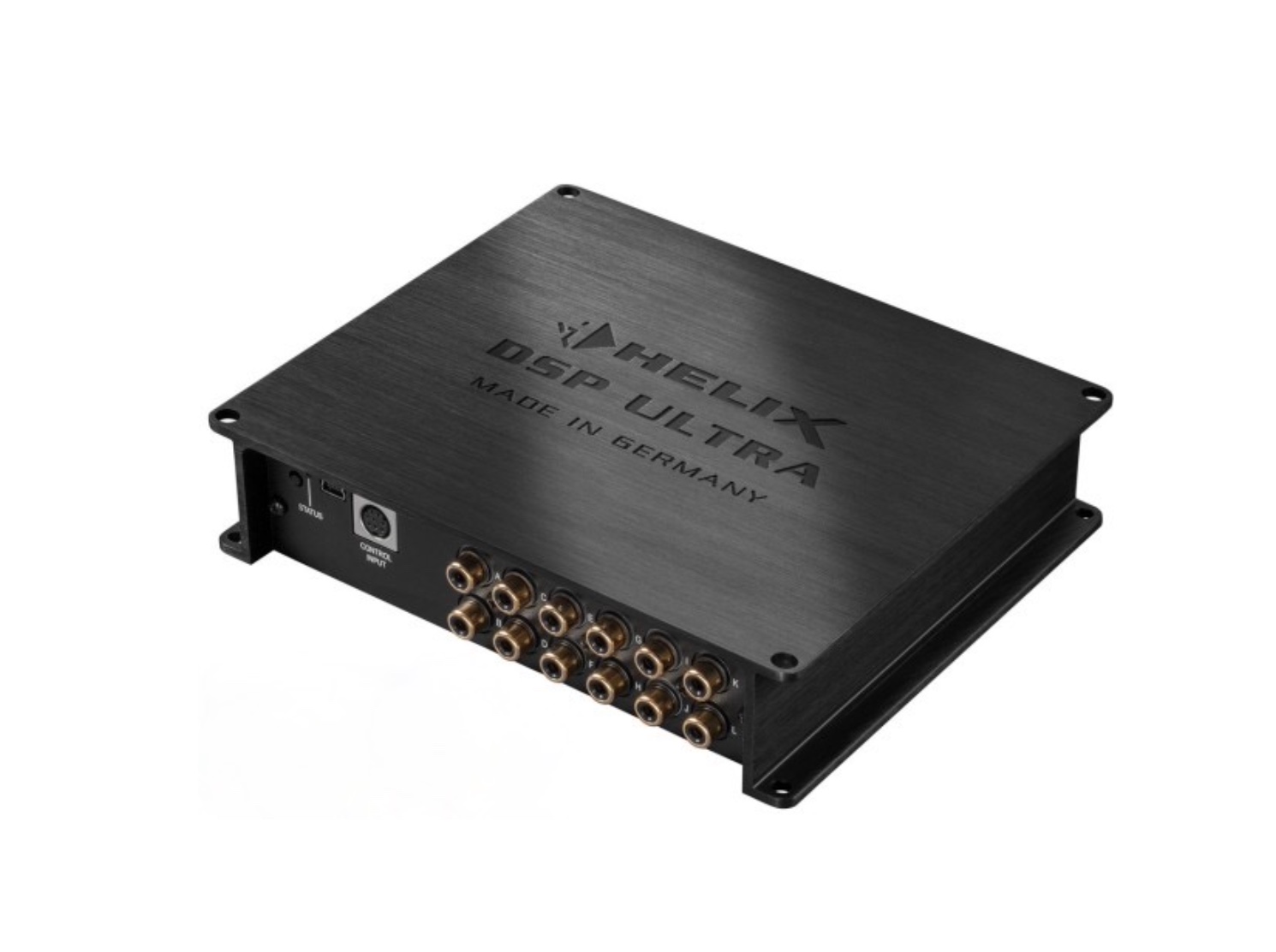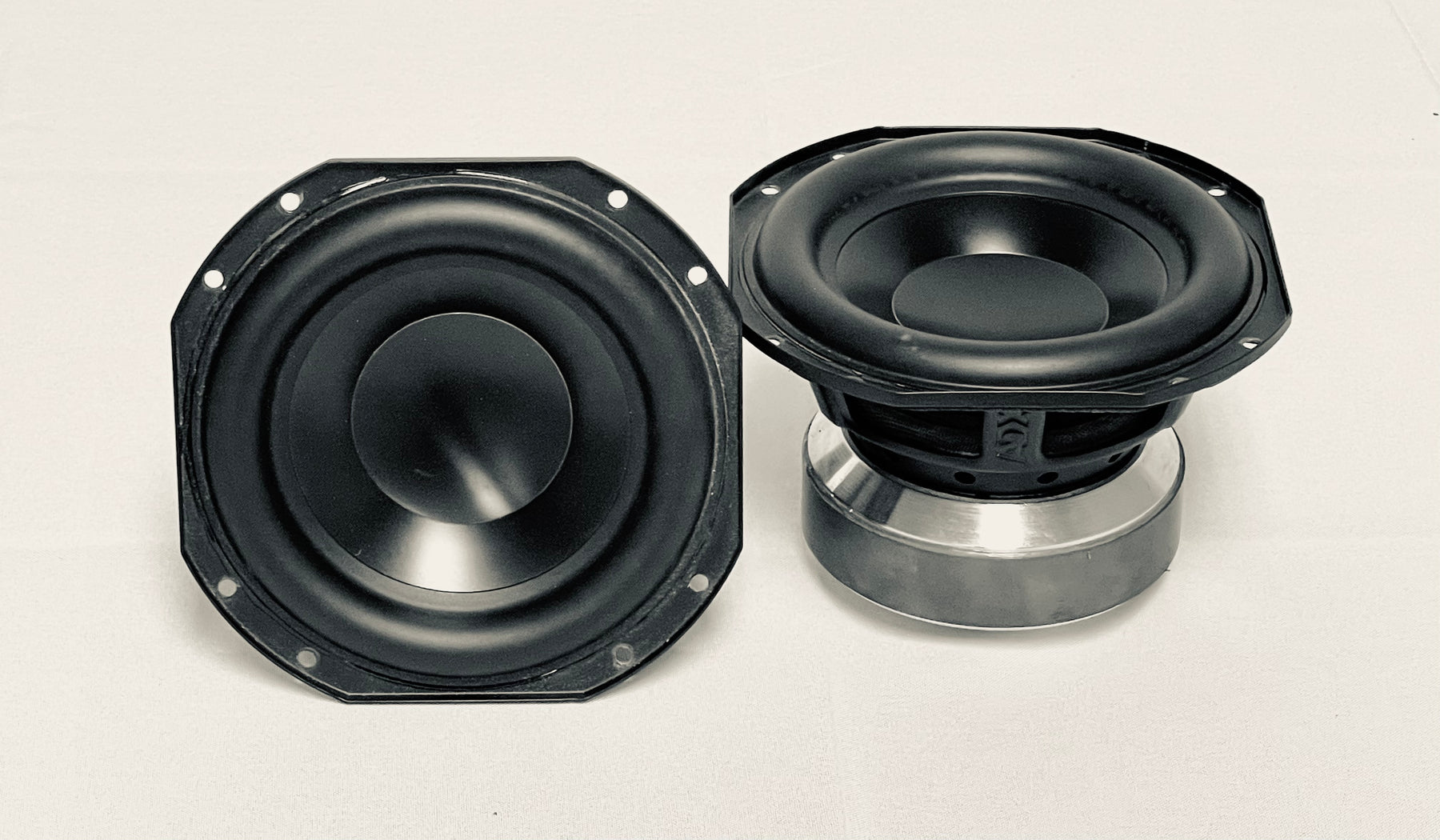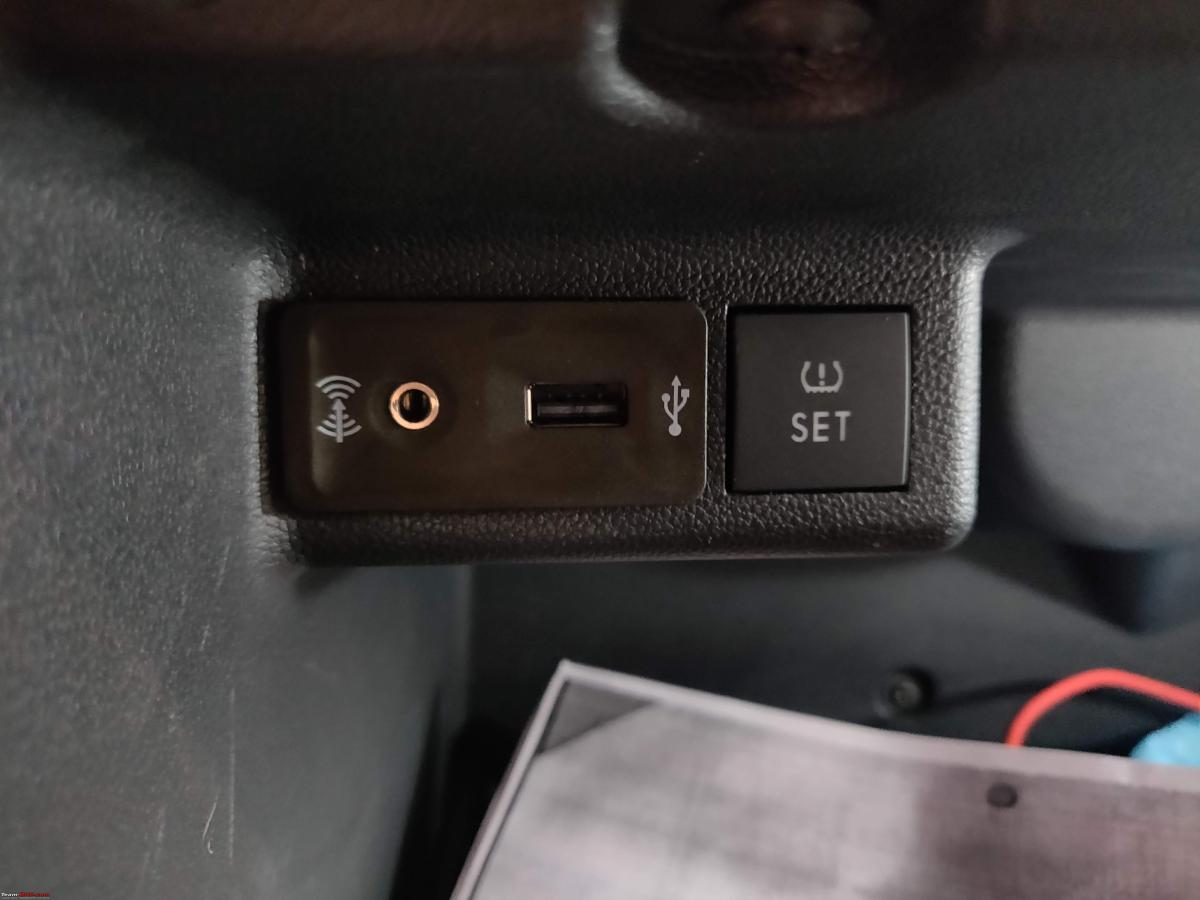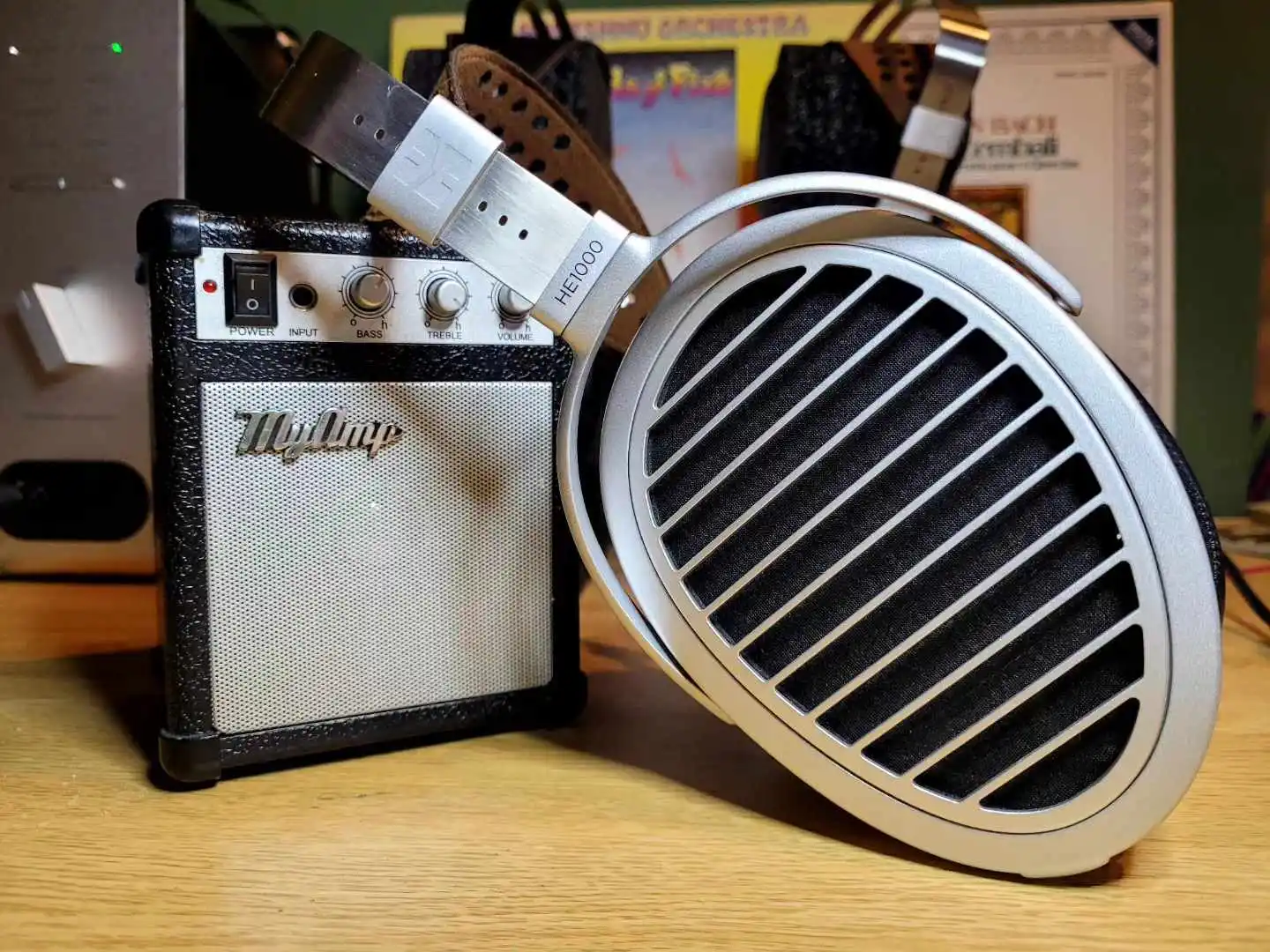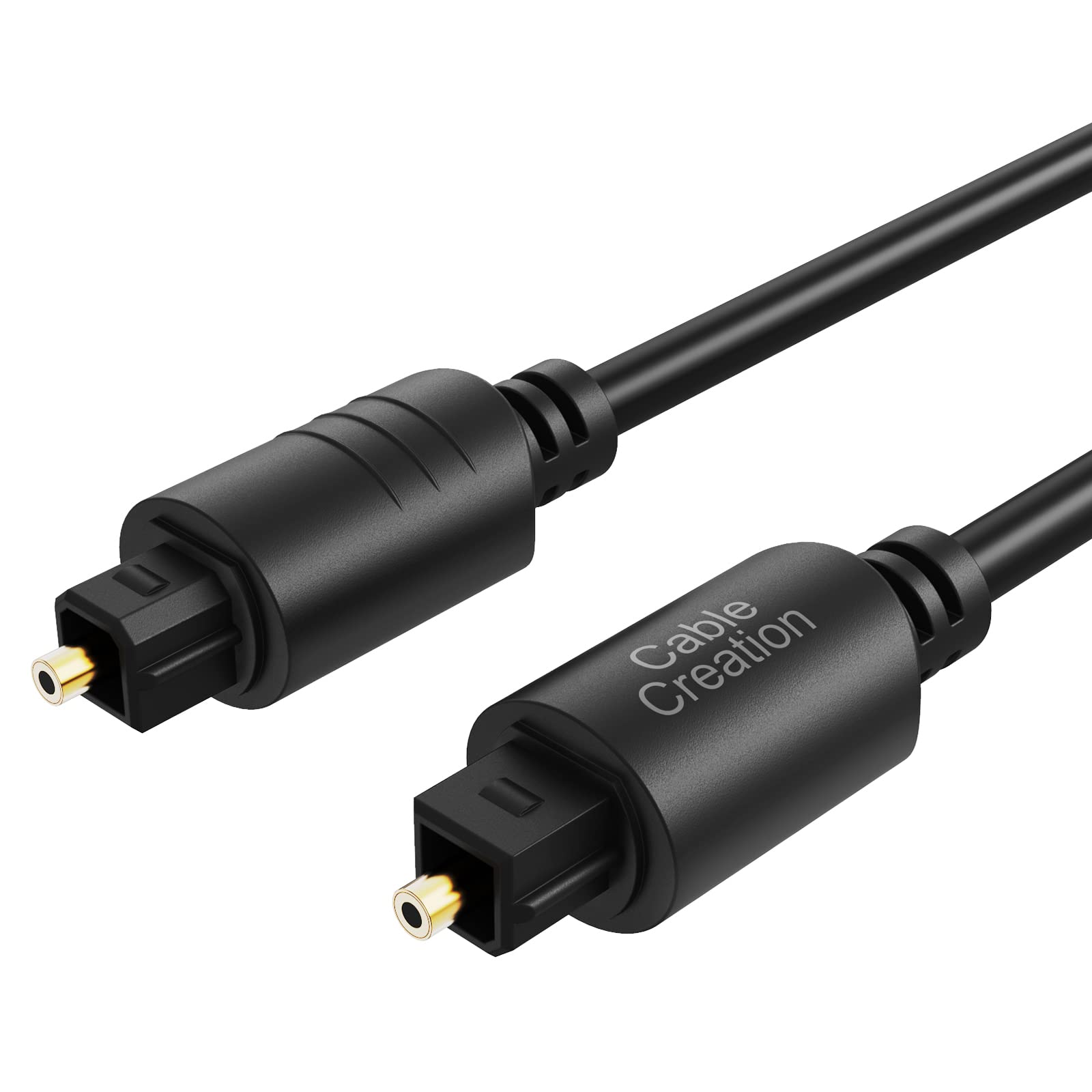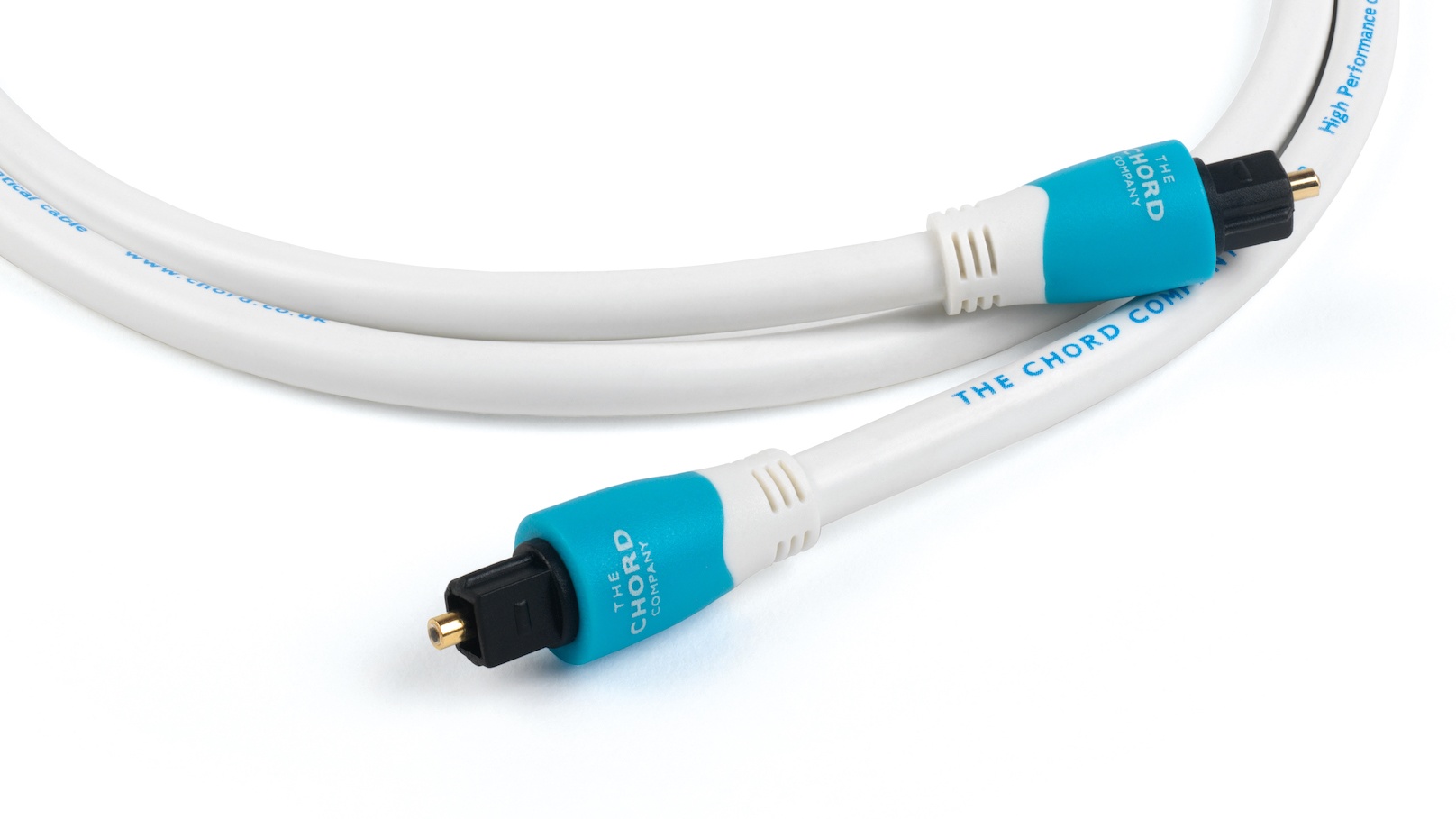Home>Devices & Equipment>Car Audio>What Does Mid Do In A Car Audio
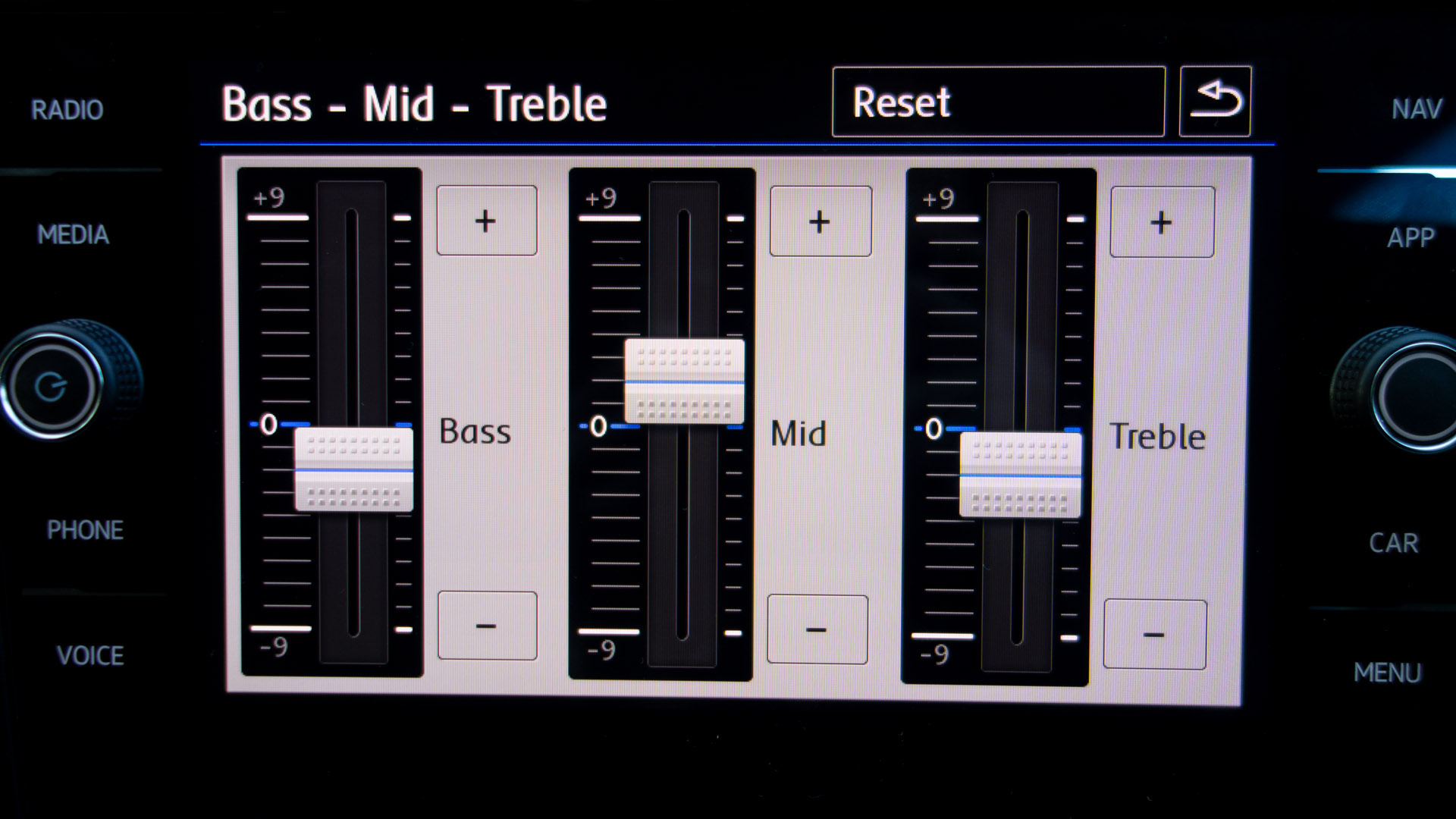

Car Audio
What Does Mid Do In A Car Audio
Modified: February 15, 2024
Discover the role of mid in car audio systems and how it enhances your listening experience. Learn about the significance of mid-range frequencies in delivering clear and balanced sound.
(Many of the links in this article redirect to a specific reviewed product. Your purchase of these products through affiliate links helps to generate commission for AudioLover.com, at no extra cost. Learn more)
Table of Contents
Introduction
Welcome to the world of car audio, where music enthusiasts strive to achieve the perfect sound experience while on the go. When it comes to car audio, there are numerous components that play a crucial role in delivering exceptional sound quality. One such component is the mid-range speaker, often referred to as the “mid.”
In this article, we will delve into the realm of mid-range speakers and explore their importance in creating a well-balanced audio system for your car. Whether you are a casual listener or a passionate audiophile, understanding the role of the mid is essential to enhance your car audio experience.
But first, let’s establish what exactly is meant by “mid.” In the context of car audio, the mid refers to the mid-range frequency range, typically between 300 Hz and 5000 Hz. This range encompasses the vocal range and many instrument sounds, making it a crucial part of the audio spectrum.
Now that we have a basic understanding of what the mid is, let’s dive deeper into its significance and how it contributes to the overall car audio experience. From the components that make up a mid-range speaker to its placement in a car audio system, we will cover it all. So, buckle up and let’s explore the world of mid-range speakers in car audio!
Definition of Mid
Before we delve into the role of the mid-range speaker in car audio, let’s establish a clear definition of what exactly the “mid” refers to in this context. The mid, short for mid-range, is the frequency range that falls between the low frequencies (bass) and the high frequencies (treble).
In terms of specific frequency ranges, the mid-range typically spans from around 300 Hz to 5000 Hz. This range covers the critical frequencies for human speech, vocals, and a wide array of musical instruments, such as guitars, pianos, and brass instruments. As a result, the mid-range plays a crucial role in reproducing the natural, full-bodied sound of these elements in car audio systems.
Understanding the mid is essential because it allows audio enthusiasts to balance their car audio systems and ensure that no frequencies are overpowering or lacking. With a properly tuned mid-range, you can achieve a rich, detailed, and immersive audio experience while driving.
It’s worth noting that the term “mid” can be used interchangeably to refer to both the frequency range and the respective speaker designed to handle those frequencies. A mid-range speaker is specifically designed to reproduce the mid-range frequencies accurately, making it a vital component in a car audio system.
Now that we have established a clear understanding of what the mid-range refers to in car audio, let’s explore its significance and the role it plays in shaping the overall sound experience.
Role of Mid in Car Audio
The mid-range speaker holds a crucial role in creating a well-balanced and immersive sound experience in car audio systems. It is responsible for reproducing the frequencies that are essential for capturing the intricacies of vocals and various instruments, thus adding depth and realism to the audio playback.
One of the primary functions of the mid-range speaker is accurately reproducing the human voice. By covering frequencies within the vocal range, typically between 500 Hz and 2,000 Hz, the mid-range speaker ensures that every nuance and expression in a singer’s voice are faithfully reproduced. This allows you to feel as if the vocalist is right there in your car, delivering a captivating performance.
In addition to vocals, the mid-range speaker also plays a significant role in reproducing a wide range of musical instruments. From the warm sound of a saxophone to the crisp notes of an electric guitar, the mid-range speaker ensures that each instrument’s unique characteristics are faithfully represented. This adds depth and realism to the audio playback, making you feel as if you are hearing the music live.
Furthermore, the mid-range speaker contributes to the overall sound staging and imaging of your car audio system. It helps to locate the sound sources and create a three-dimensional soundstage, providing a more immersive and realistic listening experience. By accurately reproducing the mid-range frequencies, the speaker allows you to pinpoint the location of different instruments and vocals within the audio mix.
Another important aspect of the mid-range speaker is its role in maintaining tonal balance. It acts as a bridge between the powerful low frequencies produced by the subwoofer and the detailed high frequencies from the tweeters. By accurately reproducing the mid-range frequencies, it ensures a smooth transition between the bass, mid, and treble, preventing any frequency imbalances and inconsistencies in the audio playback.
In summary, the mid-range speaker plays a vital role in car audio by faithfully reproducing the crucial frequencies of vocals and musical instruments. It adds depth, realism, and tonal balance to the audio playback, creating an immersive and enjoyable listening experience while on the road.
Components of Mid
To fully understand the mid-range speaker’s capabilities and its role in car audio, it’s essential to explore its key components. These components work together to ensure accurate reproduction of the mid-range frequencies, resulting in clear and detailed sound reproduction.
1. Cone: The cone is the primary component of the mid-range speaker. It is responsible for converting electrical signals into sound waves. Mid-range speaker cones are typically made of lightweight materials such as paper, polypropylene, or composite materials. These materials provide the necessary stiffness and flexibility to accurately reproduce mid-range frequencies.
2. Voice Coil: The voice coil is a crucial component housed within the speaker’s magnetic structure. It is responsible for converting electrical signals into mechanical vibration. The voice coil is typically made of lightweight copper wire wound around a former. When the electrical current passes through the wire, it interacts with the magnetic field, causing the coil to move back and forth, pushing the speaker cone and producing sound.
3. Magnet: The magnet provides the magnetic field necessary for the voice coil to move. It is a permanent magnet made of materials such as ferrite or neodymium. The strength and quality of the magnet influence the speaker’s sensitivity and performance in accurately reproducing mid-range frequencies.
4. Surround: The surround is the flexible component that connects the outer edge of the cone to the speaker’s frame. It allows the cone to move freely while maintaining stability and providing the necessary support. Surrounds are typically made of rubber or foam, which is durable and allows for sufficient excursion of the cone.
5. Spider: The spider, also known as the suspension, is a flexible component that provides the centering and restoring force for the cone. It ensures that the cone returns to its neutral position after each movement, allowing for accurate and controlled audio reproduction.
6. Dust Cap: The dust cap is a protective component located at the center of the speaker cone. It serves to protect the voice coil and other internal components from debris and dust particles that may enter the speaker. Additionally, the dust cap helps to provide additional rigidity to the cone, reducing distortion and enhancing mid-range performance.
By understanding the components that make up a mid-range speaker, you can make informed decisions when choosing the right speaker for your car audio system. Each component plays a critical role in accurately reproducing mid-range frequencies, ensuring clear and detailed sound reproduction.
Placement of Mid in a Car Audio System
Proper placement of the mid-range speaker is essential for achieving optimal sound performance and imaging in a car audio system. Finding the right location for the mid-range speaker involves considering factors such as cabin dynamics, driver positioning, and the overall desired sound stage.
One common placement option for the mid-range speaker is the front dashboard or door panels. This placement allows for sound to be directed towards the listeners and creates a more immersive experience. By positioning the mid-range speaker near ear level, it ensures that the crucial mid-range frequencies are accurately projected towards the listeners, providing clear and detailed sound reproduction.
Another popular placement option is within the car’s pillars or A-pillars. This placement is known as “kick-panel” mounting and can provide a more precise and focused sound image. By placing the mid-range speakers in the pillars, the sound is directed more towards the listener’s ears, creating a more enveloping and immersive audio experience.
In some cases, mid-range speakers can be placed in custom-built enclosures or pods within the car’s interior. These enclosures can be installed in locations such as the footwell, trunk, or even the headliner. The advantage of these custom enclosures is that they allow for flexibility in speaker positioning and can help optimize sound imaging and staging based on the car’s interior design and acoustics.
It’s important to note that the placement of the mid-range speakers should be balanced with the positioning of other speakers in the system, such as the tweeters and subwoofers. Achieving a well-integrated sound stage with excellent imaging requires proper integration and synchronization between all the speakers in the car audio system.
It’s worth mentioning that placement alone cannot guarantee optimal sound performance. Proper installation and alignment, along with proper tuning and equalization, are critical factors that should be considered to ensure the mid-range speaker performs optimally within the car audio system.
Every car and personal preference are unique, so experimentation and fine-tuning may be necessary to find the ideal placement for the mid-range speakers in your specific vehicle. Consulting with a car audio professional or experienced installer can provide valuable insights and expertise in achieving the best results for your car audio system.
Mid-Range Speaker Options
When it comes to choosing the right mid-range speaker for your car audio system, there are several options available to suit your preferences and budget. Here are some common types of mid-range speakers:
- Cone Speakers: Cone speakers are the most common type of mid-range speakers. They come in various sizes and designs, with the cone being the primary component responsible for sound reproduction. They offer a good balance between affordability and performance.
- Component Speakers: Component speakers consist of separate tweeters, mid-range drivers, and crossovers. They provide a higher level of sound quality and allow for more precise sound staging and imaging. Component speakers are typically more expensive but offer superior audio performance.
- Coaxial Speakers: Coaxial speakers, also known as full-range speakers, combine the mid-range driver and the tweeter into a single unit. They are designed for easy installation and are a popular choice for those seeking a simple speaker upgrade without extensive modifications.
- Mid-Woofers: Mid-woofers are specifically designed to handle both mid-range frequencies and lower frequencies in the bass range. They offer a broader frequency response and can provide added depth and richness to the sound reproduction. Mid-woofers are ideal for those who want a balanced and full-bodied sound experience.
- Component Sets: Component sets are complete speaker systems that include mid-range drivers, tweeters, and crossovers. They are designed to work seamlessly together, allowing for optimal sound performance and accuracy. Component sets provide the highest level of audio quality, but they are generally more expensive and require professional installation.
When considering mid-range speaker options, it’s important to factor in the power handling capabilities, sensitivity, impedance, and frequency response of the speakers. These specifications will determine how well the speaker can handle power, how efficient it is, and the range of frequencies it can accurately reproduce.
Additionally, it’s crucial to consider the compatibility of the mid-range speaker with the rest of your car audio system, including the amplifier, subwoofers, and other speakers. Ensuring proper matching and integration will result in a harmonious and balanced sound system.
Ultimately, the choice of mid-range speakers depends on your personal preferences, budget, and the level of audio quality you desire. It’s recommended to audition different speakers and seek expert advice to make an informed decision that will elevate your car audio experience.
Tips for Choosing the Right Mid-Range Speaker
Choosing the right mid-range speaker is crucial for achieving optimal sound performance in your car audio system. Here are some tips to consider when selecting a mid-range speaker:
- Consider sound quality: Focus on the overall sound quality and accuracy of the mid-range speaker. Look for speakers that can reproduce vocals and instruments with clarity, detail, and a natural tonal balance.
- Power handling: Ensure that the mid-range speaker can handle the power output of your amplifier. Look for speakers with a power handling rating that matches or exceeds the amplifier’s power output to prevent distortion or damage to the speakers.
- Sensitivity rating: Consider the sensitivity rating of the mid-range speaker, which determines its efficiency in converting power into sound. Higher sensitivity ratings indicate greater efficiency and tend to deliver louder volume levels with less power.
- Frequency response: Pay attention to the frequency response range of the mid-range speaker. It should cover the mid-range frequencies (typically between 300 Hz and 5000 Hz) accurately without significant dips or peaks, ensuring faithful sound reproduction.
- Speaker materials: Evaluate the materials used in the construction of the mid-range speaker. Look for cones made of lightweight and rigid materials, such as polypropylene or composite materials, as they can provide accurate and detailed sound reproduction.
- Speaker size: Consider the size of your car and the available installation space when choosing the mid-range speakers. Ensure that the speakers fit properly and do not interfere with other components or cause vibrations that can degrade audio quality.
- Read reviews and seek expert advice: Read customer reviews and seek recommendations from car audio professionals or enthusiasts who have experience with different mid-range speakers. Their insights can help you make an informed decision based on real-world experiences.
- Budget: Set a budget for your mid-range speakers and explore options within that range. While higher-end speakers may offer superior sound quality, there are also affordable options that can provide excellent performance for your specific needs.
- Audition before buying: Whenever possible, audition the mid-range speakers before making a purchase. Listening to the speakers in person will give you a better understanding of their sound quality, allowing you to choose the one that best suits your preferences.
Keep in mind that selecting the right mid-range speakers is a subjective process influenced by personal preferences and the specific characteristics of your car audio system. Taking the time to research, audition, and seek expert advice will ensure that you choose the mid-range speakers that deliver the best sound quality and create an immersive audio experience in your car.
Importance of Mid in Audio Quality
When it comes to achieving optimal audio quality in a car audio system, the mid-range frequencies play a pivotal role. The mid-range is where the majority of vocals and many instruments reside, making it essential for creating a well-balanced and natural sound reproduction. Here are some key reasons why the mid-range is crucial for achieving high audio quality:
1. Vocals: The mid-range frequencies encompass the human vocal range, making them crucial for reproducing vocals accurately. Whether it’s the powerful vocals of a lead singer or the delicate nuances of a background vocalist, the mid-range frequencies capture the subtleties and textures of the human voice with clarity and detail. Proper reproduction of vocals enhances the emotional impact of music and makes it feel as if the artists are right in front of you.
2. Instrumental Detail: Many musical instruments, including guitars, pianos, violins, saxophones, and trumpets, occupy the mid-range frequencies. Accurate reproduction of these instruments’ sounds is vital for maintaining the fidelity and realism of the music. The mid-range allows for the subtle nuances of instrument sounds to be heard clearly, adding depth, richness, and detail to the audio playback.
3. Sound Balance: The mid-range frequencies act as a bridge between the powerful low frequencies (bass) and the crisp high frequencies (treble). They help maintain a balanced frequency response across the audio spectrum, ensuring that no frequency range overpowers or dominates the sound. Tonal balance in the mid-range is crucial for achieving a natural and pleasing audio experience without any harshness or muddiness.
4. Soundstage and Imaging: The mid-range frequencies play a vital role in creating a realistic soundstage and accurate imaging. They contribute to the localization and positioning of instruments and vocals within the stereo field. Proper reproduction of mid-range frequencies allows for an immersive listening experience, where you can perceive the placement and depth of different sound sources, enhancing the overall sense of presence and realism.
5. Harmonic Content: The mid-range frequencies contain essential harmonic content that adds character and definition to music. Harmonics are the higher frequency components that give instruments and vocals their unique tonal qualities. Accurately reproducing mid-range harmonics ensures that instruments and vocals sound natural and true to their original timbre, enhancing the overall musical experience.
The mid-range’s importance in audio quality cannot be overstated. It is the foundation for faithfully reproducing vocals, capturing the intricacies of instruments, achieving tonal balance, creating a realistic soundstage, and preserving harmonic content. A well-tuned mid-range is crucial for experiencing music in its fullest and most accurate form in a car audio system.
Conclusion
The mid-range speaker is a crucial component in car audio systems, playing a significant role in delivering high-quality sound reproduction. From accurately reproducing vocals to capturing the nuances of instruments, the mid-range frequencies create a well-balanced and immersive audio experience.
Understanding the importance of the mid-range allows you to make informed decisions when selecting mid-range speakers for your car audio system. Considering factors such as sound quality, power handling, sensitivity, frequency response, and speaker materials can help you find the right mid-range speakers that best suit your preferences and budget.
The placement of the mid-range speakers in your car also plays a vital role in achieving optimal sound performance. Whether positioned in the front dashboard, door panels, or custom enclosures, proper placement ensures accurate sound projection and sound staging.
The mid-range frequencies are essential for vocal reproduction, instrument detail, tonal balance, soundstage, and harmonic content, all of which contribute to the overall audio quality. A well-tuned mid-range enhances the listening experience, allowing you to fully immerse yourself in the music while on the road.
Choosing the right mid-range speakers and optimizing their placement, in combination with proper installation and tuning, will result in a car audio system that delivers exceptional sound quality and brings your favorite music to life.
So, whether you’re a casual listener looking to upgrade your car audio system or an audiophile seeking the highest level of audio quality, paying attention to the mid-range is key. With a well-balanced and accurately reproduced mid-range, you can transform your car into a concert hall and enjoy a truly immersive audio experience wherever you go.

